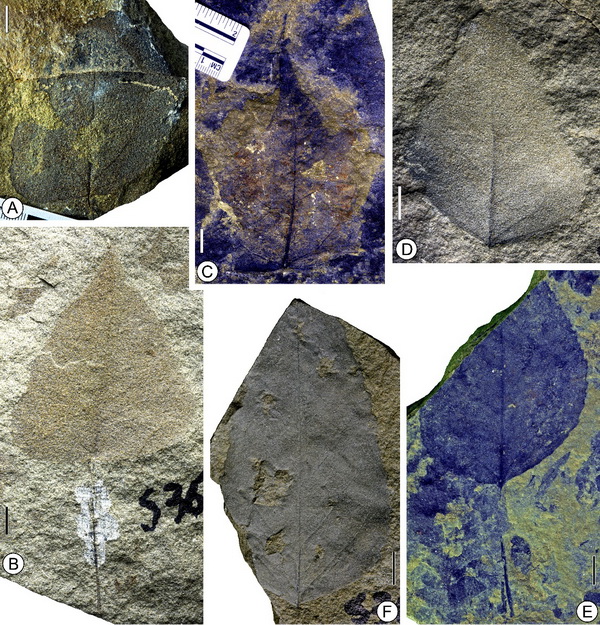The uplift of Tibetan Plateau had a significant impact on the evolution of regional and global climate during the Cenozoic including the origin and evolution of the Asian monsoon system and the aridification in northwestern China. The Lhasa terrane has been considered a key region for understanding the elevation history of the southern Tibetan Plateau after collision of continental India and Asia in early Paleocene. Stable isotopic studies consistently suggest that the Lhasa terrane had reached its near-present elevation before the Miocene.
In a recent collaborative study by Dr. Gongle Shi, Professor Shuangxing Guo, and the research group of Professor Kexin Zhang from China University of Geosciences, Wuhan, a plant megafossil assemblage from the Kailas Formation of the Kailas Basin in western part of the southern Lhasa terrane was reported.
The U-Pb dating and magnetostratigraphic correlation show that the studied section of the Kailas Formation ranges from 25.1 Ma to 21.8 Ma in age, and that the fossil flora occurred at 23.3 Ma (latest Oligocene).
The uppermost Oligocene Kailas fossil flora is low in diversity and dominated by Populus, Betulaceae and legume. It most likely represents a deciduous, broad-leaf vegetation and suggests a temperate, humid environment with a low to moderate palaeoelevation of 1500–2900 m in the Kailas Basin during the latest Oligocene, based on the co-existing range of the living analogues of the fossil plants. This conflicts with the existence of a continuous, high Gangdese Mountains stretching across the whole southern Lhasa terrane in the late Oligocene. Available evidence appears to suggest strong uplift of the southern Lhasa terrane after the latest Oligocene.
The research was recently published in “Palaeogeography, Palaeoclimatology, Palaeoecology”. This work is funded by the Foundation of the Geological Survey of China, the National Natural Science Foundation of China, and the Youth Innovation Promotion Association, CAS.
Reference: Ai K., Shi G.*, Zhang K.*, Ji J., Song B., Shen T., Guo S., 2018. The uppermost Oligocene Kailas flora from southern Tibetan Plateau and its implications for the uplift history of the southern Lhasa terrane.Palaeogeography, Palaeoclimatology, Palaeoecology. DOI: 10.1016/j.palaeo.2018.04.017.https://www.sciencedirect.com/science/article/pii/S0031018217307496

Populus from the uppermost Oligocene of the Kailas Basin
